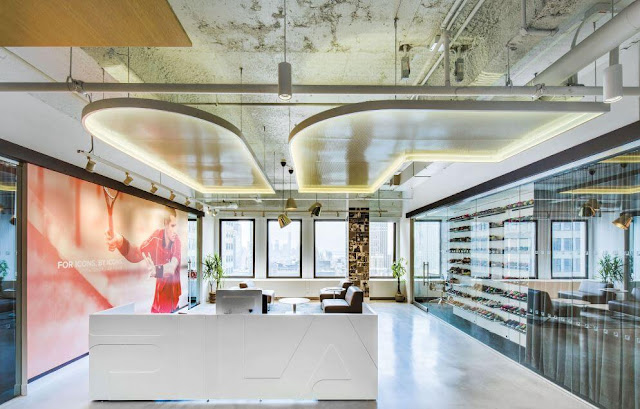Designing for Dining: How to Create a Stylish and Functional Restaurant Interio
When it comes to restaurant interior design, the ultimate goal is to create a space that is both stylish and functional. A space that not only attracts customers, but also enhances the dining experience and makes them want to come back. In this blog post, we'll discuss some tips and tricks for designing a restaurant interior that is both stylish and functional.
One of the most important considerations in restaurant interior design is creating the right atmosphere. The atmosphere can be set by using the right color scheme, lighting, and even music. Choosing the right color scheme can set the tone for the entire space and can create a certain ambiance. For example, warm and inviting colors can create a cozy and casual atmosphere, while cool and neutral colors can create a more formal and sophisticated atmosphere. Lighting is also an important aspect of atmosphere, it can help to create a warm and inviting ambiance, while also highlighting the restaurant’s decor and architecture.
Another important aspect of restaurant interior design is functionality. The restaurant should be designed to accommodate the flow of customers and staff, and to make the dining experience as comfortable as possible. This can be achieved through the use of functional furniture, such as comfortable seating, tables, and booths, as well as through the use of functional lighting, such as overhead lighting, table lamps and even wall sconces.
Designing for ergonomics is also essential, tables and chairs should be at the right height, and should provide enough space for customers to move around comfortably. The design should also include enough space for customers to wait, and separate areas for different dining options, such as a bar area, a private dining area, or outdoor seating.
Incorporating art, décor and other design elements into the restaurant can also enhance the dining experience. Art can be used to create a focal point in the space, and can help to create a sense of identity for the restaurant. Décor elements such as flowers, plants, and sculptures can also be used to create a more inviting and attractive space.
Finally, it's important to keep in mind the overall aesthetic of the restaurant. The design should reflect the restaurant's concept and cuisine, and should create a sense of identity and pride. Using elements that reflect the restaurant's concept and cuisine, such as traditional or modern interior design materials, or incorporating local or ethnic elements, can help to create a space that is both visually appealing and functional.


%20(1).jpg)
Comments
Post a Comment